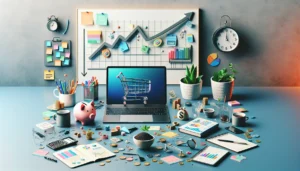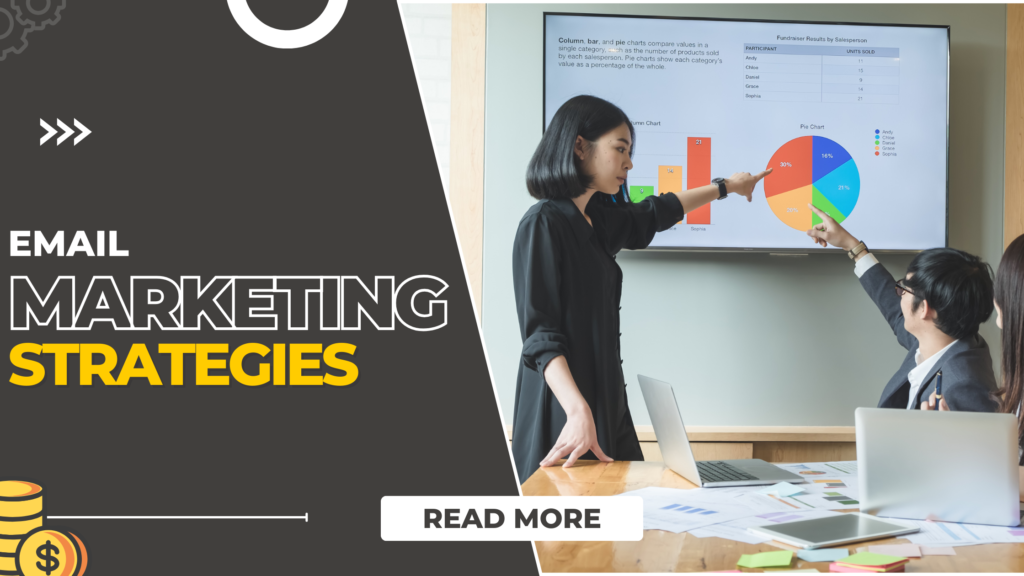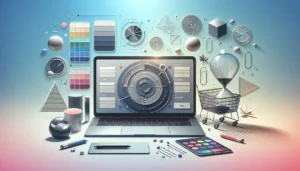

(1) What are the best times to send an e-commerce email?
(2) How do you retain customers through email?
(3) How do you drive conversions through email?
Here is what five thought leaders have to say.
The best times to send e-commerce emails really depend on understanding your audience, but I’ve found that midweek mornings tend to work well. People are usually settled into their routines, so emails sent around 10 a.m. on Tuesdays, Wednesdays, or Thursdays often get higher open rates. For weekend sales or promotions, sending on Friday afternoons or Saturday mornings can grab attention. I also rely on A/B testing to figure out the timing that resonates most with my specific audience, which sometimes leads to surprising insights.
When it comes to retaining customers through email, it’s all about providing real value beyond just pushing products. I make a point to send personalized content like tips for using our products, how-to guides, and early updates about new launches. Loyalty programs play a big role, too. For example, sending emails with updates on reward points or exclusive offers makes customers feel appreciated. And if someone hasn’t engaged in a while, a friendly “We miss you” email can help reignite their interest. Consistency is important, but each email has to feel worth their time.
Driving conversions through email is about creating both urgency and relevance. Limited-time offers or flash sales work wonders, especially when paired with clear calls to action like “Shop Now” or “Claim Your Discount.” Cart abandonment emails are also incredibly effective; a simple reminder, maybe with a small incentive like free shipping, often nudges people to complete their purchase. The key here is segmentation. Tailoring emails based on what a customer has browsed or bought makes all the difference. And of course, making sure emails look great on mobile devices ensures no one skips over them because of clunky formatting.
At the heart of it all, it’s about understanding the audience, being thoughtful in your approach, and delivering value every time. Whether through a special offer or genuinely helpful content, the goal is always to connect meaningfully.
Peter Wootton, SEO Consultant, The SEO Consultant Agency
The best times to send an e-commerce email really depends on the type of content. For us at Yabby, we have found that sale emails usually do better when sent early in the morning because people have the tendency to check their inbox first thing. Something like a project spotlight or design inspiration, on the other hand, usually tends to perform better later in the afternoon when people are in a more ‘browsing’ mindset. This really does depend though, which is why we’re always testing different days and times with A/B tests to figure out what works best for our audience. Each business will differ, but it’s all about finding that sweet spot where they’re most likely to engage with what we’re sending.
Keeping customers engaged with email all comes down to being relevant and helpful. We look at what they’ve been doing recently, like the spaces they’re renovating or the products they’re browsing, and then we tailor our content to match where they are in their journey. Even if it’s just a blog post to inspire them or a guide to help them make decisions, we always try to send things that feel personal. A big part of this process is segmenting our lists by grouping people based on their interests or activity; making sure every email feels like it’s written just for them.
Our products involve a lot of thought, so our focus is on nurturing customers rather than rushing them. We like to provide content like educational blogs and offer free design consultations to make them feel confident in their choices. When they’re ready to buy, we then shift to emails with clear CTAs and detailed product information to help them take the next step. Abandoned cart and checkout emails are also a big part of our strategy – they’re a great way to remind people and offer support if they’re stuck or unsure.
Layla Sawyer, Email & Editorial Coordinator, Yabby
Personally, I’ve found that the best times to send e-commerce emails vary by audience, but for one client in the home décor niche, 10 a.m. on Tuesdays yielded the highest open rates. Typically to retain customers, I focus on personalized content, like product recommendations based on past purchases. For driving conversions, clear CTAs and urgency within the offers. Testing does the job when it comes to improving conversion rates.
Modestas Mankus, Founder, Talks Grow
I’ve found that the best times depend on the target audience, but generally, mid-morning (10-11 AM) and early evening (6-7 PM) tend to work well. Testing is key-analyzing open and click rates across different times allows you to optimize for your audience’s habits. For example, for working professionals, lunchtime emails often perform better.
Retention is all about personalization and value. We use segmented lists to send tailored content based on purchase history and preferences. Loyalty programs are reinforced through email, offering exclusive discounts or early access to new products. Regular touchpoints, like helpful tips related to our products or anniversary messages, also keep the brand top of mind without being overly sales-focused.
Clear, compelling calls to action (CTAs) combined with limited-time offers drive urgency. Highlighting social proof, such as customer reviews, increases trust. We also use abandoned cart emails with dynamic content, such as images of the left-behind items and personalized recommendations. Layering these strategies with A/B testing ensures we’re constantly refining to maximize conversions.
Marios Pitsillidis, COO, Limassolian Leathers Ltd
As an e-commerce business owner, I’ve spent years fine-tuning my email marketing strategy to achieve engagement, retention, and conversions. Here’s what I’ve learned through trial, error, and eventual success:
Timing significantly impacts open rates, but it depends on your audience’s habits:
Weekdays: Emails sent between 10 a.m. and 12 p.m. or 7 p.m. and 9 p.m. perform well as people take breaks or unwind.
Weekends: Saturday mornings (around 9 a.m.) work great for family-focused audiences.
Testing matters: A/B testing is key. I regularly experiment with sending times, analyzing results to identify peak engagement windows.
Retention is about building relationships, not just selling. My approach includes:
Welcome series: A three-part sequence:
– Warm thank-you and brand introduction.
– Value-packed tips or product usage guides.
– A small incentive (e.g., a discount) to drive repeat purchases.
Personalization: Tailored recommendations based on purchase history or browsing behavior. For example, highlighting complementary products with subject lines like, “You’ll love this with your recent purchase!”
Exclusive offers: VIP discounts or early sale access to reward loyalty.
Non-sales engagement: Sharing blog posts, user-generated content, or surveys to stay top of mind without being overly promotional.
Conversions require a mix of strategy and psychology:
Compelling subject lines: Lines that create urgency, like “Your Exclusive Deal Ends Tonight!” outperform generic phrases.
Clear CTAs: Focus on one primary goal per email, ensuring CTAs like “Shop Now” are prominent and repeated subtly.
Scarcity and urgency: Limited-time offers or countdown timers boost click-through rates.
Abandoned cart emails: A three-step sequence works wonders:
– Reminder 1-2 hours after abandonment.
– Follow-up with social proof (“Join 5,000 happy customers!”).
– Final email with a small discount to close the sale.
Visual storytelling: High-quality images, GIFs, and concise copy ensure emails are easy to skim yet engaging.
Key Takeaway:
The best email strategies focus on the customer. By personalizing content, experimenting, and adding value, you’ll not only drive conversions but build lasting relationships with your audience. Email isn’t just a sales tool-it’s a bridge to trust and loyalty.
Rasmus Schack, CEO, Gamefront
You may also like:
4 Effective eCommerce Email Marketing Software Tools Recommended by Experts

